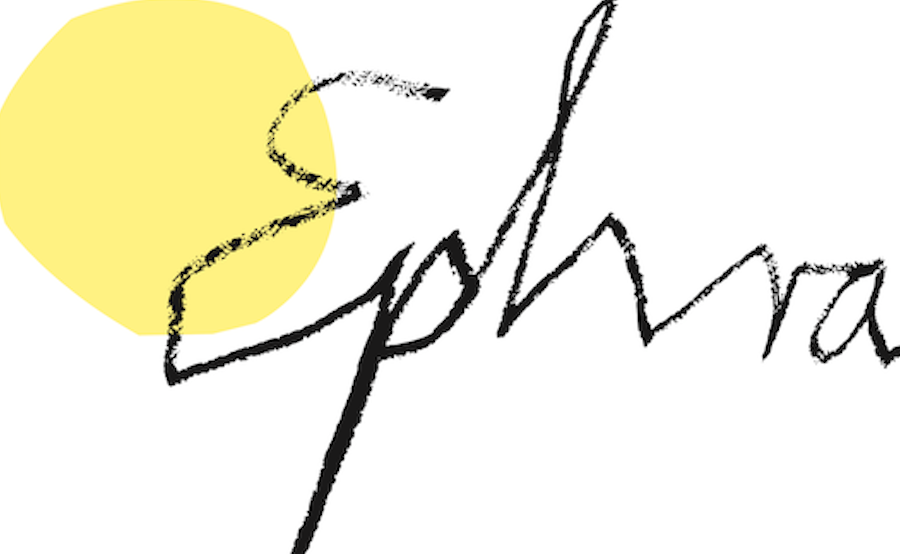In the cabinet of curiosities of kate-hers RHEE
The house where kate-hers RHEE’s studio is located is hidden in the backyard of a very large, new building in Treptow. When everything was extensively renovated here, kate-hers and the other artists* fought for a long time that the studios could stay and not be converted into expensive apartments. Luckily, because there is a lot to discover here – kate-hers is a great collector!
We know that art is often collected. For example, from private art collectors who hang the works in their homes. Or by museums that want to show them to as many people as possible. For kate-hers, however, collecting itself becomes art: her studio is half workspace and half storage space, where she keeps a wide variety of things. At the moment, she loves collecting jewelry boxes. But she started collecting as a child, especially cuddly toys and ceramic shards. We like to collect too, of course, but the things we collect are as different as the reasons why we do it: One of us collects feathers to protect and store them; or Lego to make new things out of them all the time. Someone else collects Pokémon cards to trade (as soon as she dares, because at school only boys trade).
But have people actually always been collecting? kate-hers tells us about the magnificent chambers of wonders in which mostly kings or emperors collected special treasures, kept them and showed them to others. These treasures were not only very valuable, but – as the name suggests – were also considered miracles. That is, they were particularly rare or mysterious. Many of these objects came from countries far away and often they were simply taken without asking, sometimes even by force. Moreover, kate-hers tells us that it was almost always men who determined which objects were included in the cabinets of wonders and thus were considered especially valuable by others.
So a lot of things went wrong in these cabinets of curiosities, and kate-hers wants to change that by compiling and presenting her own cabinet of curiosities as a woman. She does not want to decide alone – like the kings in the past – what should be shown. Instead, she invites visitors to contribute their own personal wonders and treasures. She calls this democratic, because her Wunderkammer does not represent the taste or opinion of a single person, but of as many different people as possible. The collection will soon be shown in Berlin and the USA and will continue to grow and change.
Yi Ŭngok (Korean, b. 1808), Ink and color on paper, 162.8 x 268 cm. Asian Art Museum of San Francisco, CA
After immortalizing our own cabinets of wonder in little books, we climb down the steps into the large courtyard and think about what we could contribute to kate-hers’ collection – because if it's going to be a truly democratic project, children’s treasures can’t be missing, of course!






